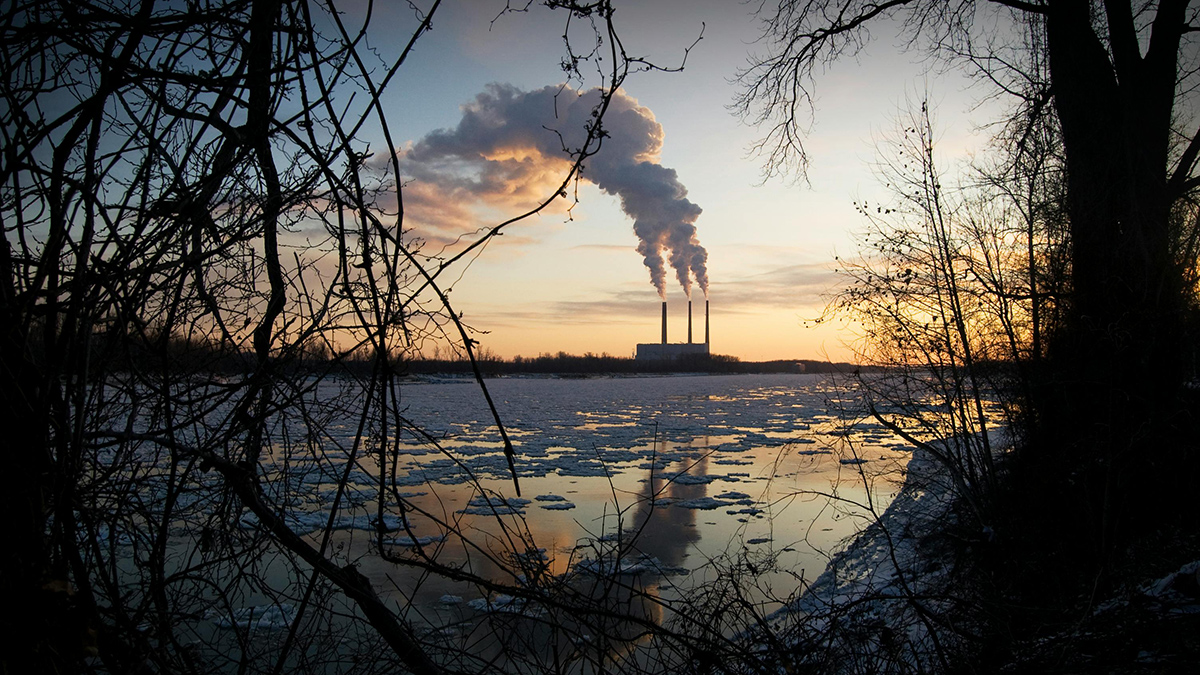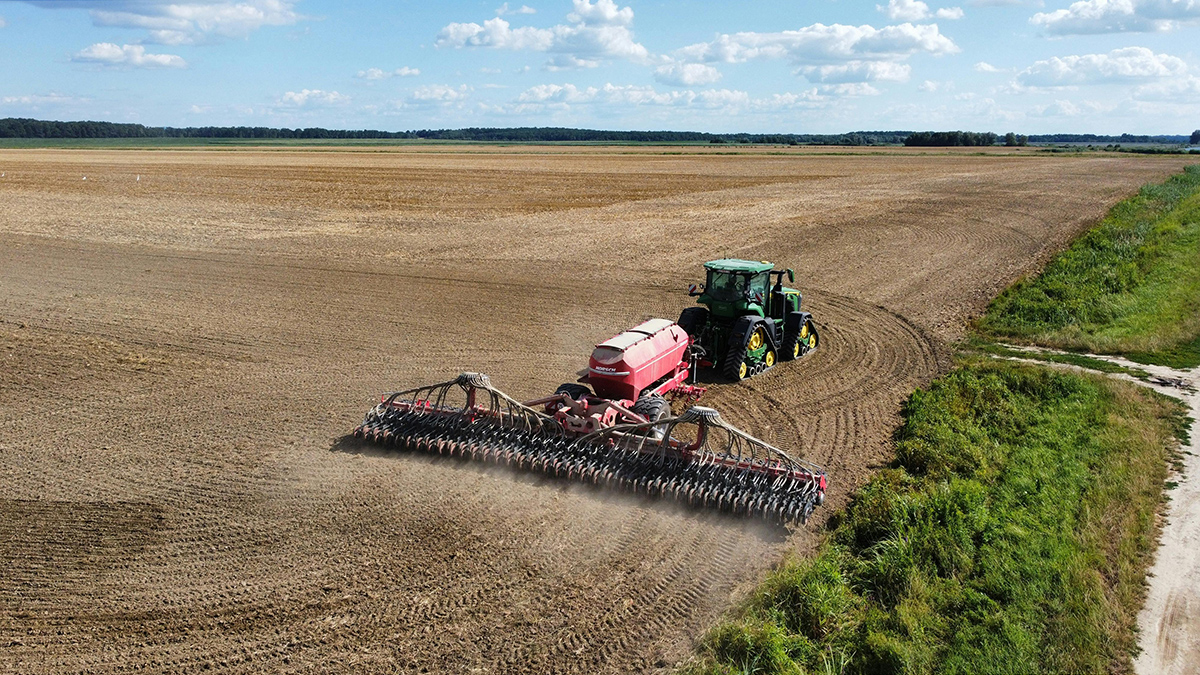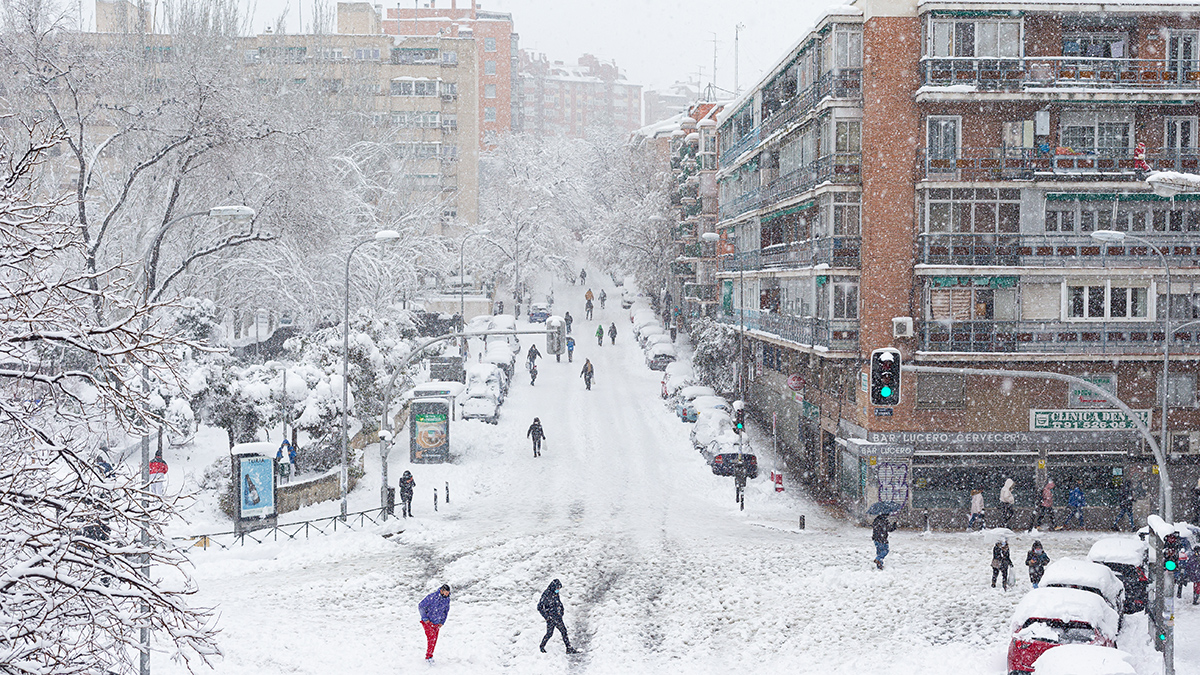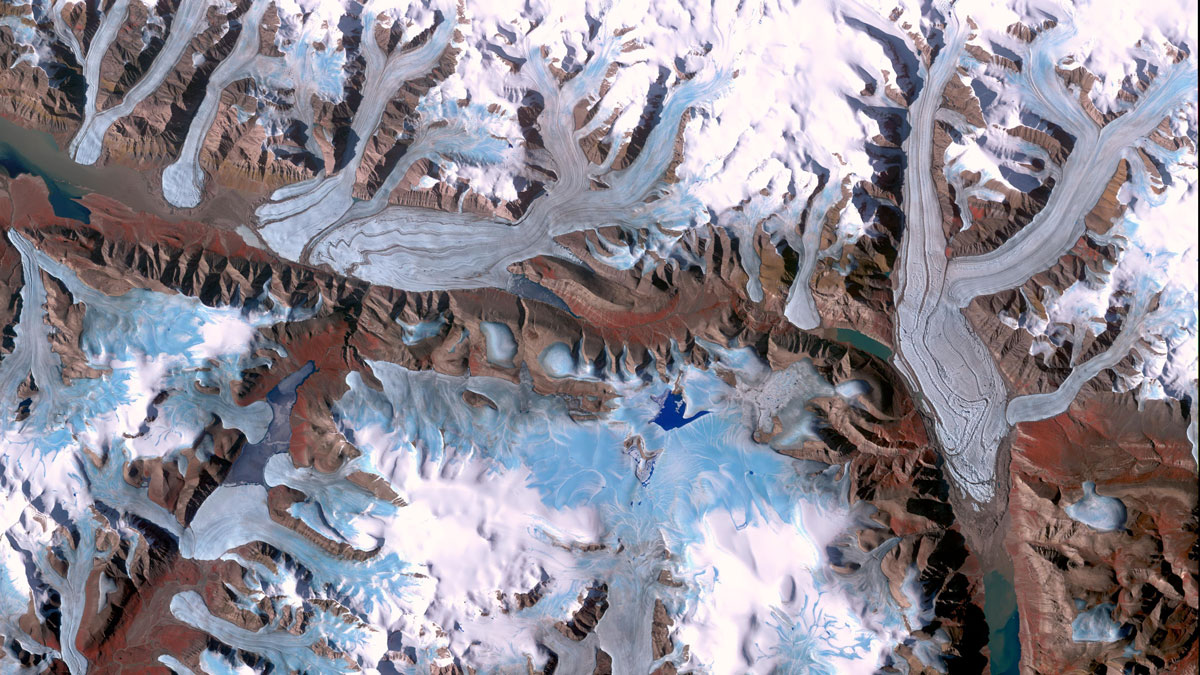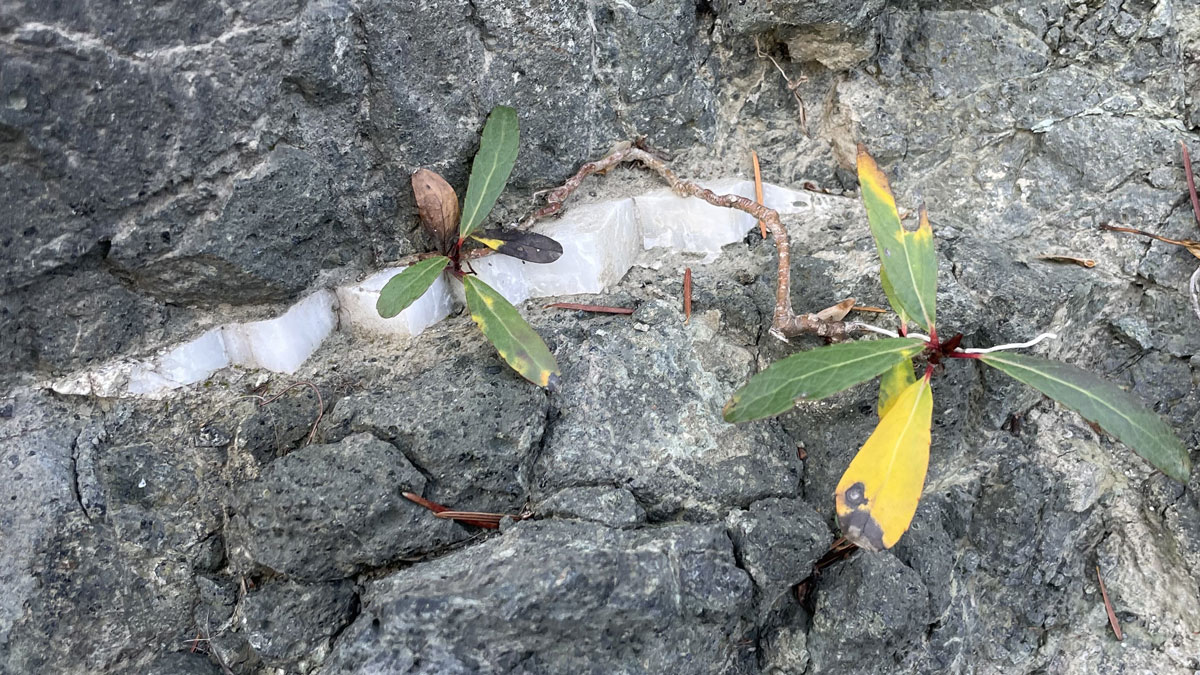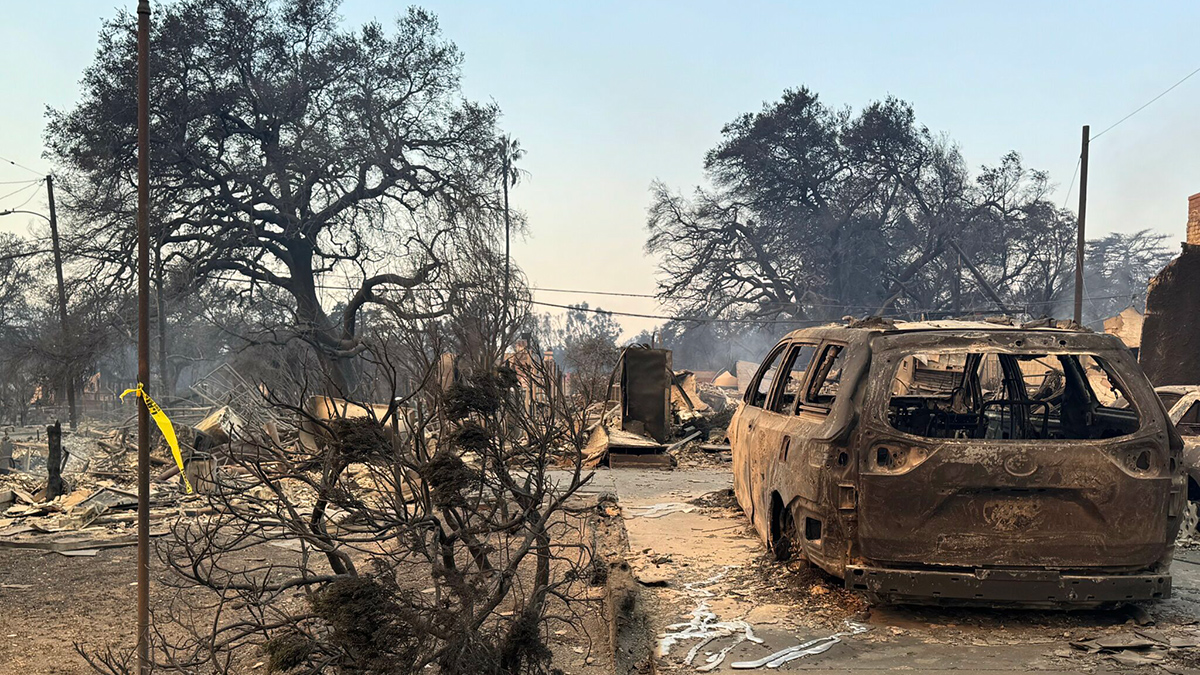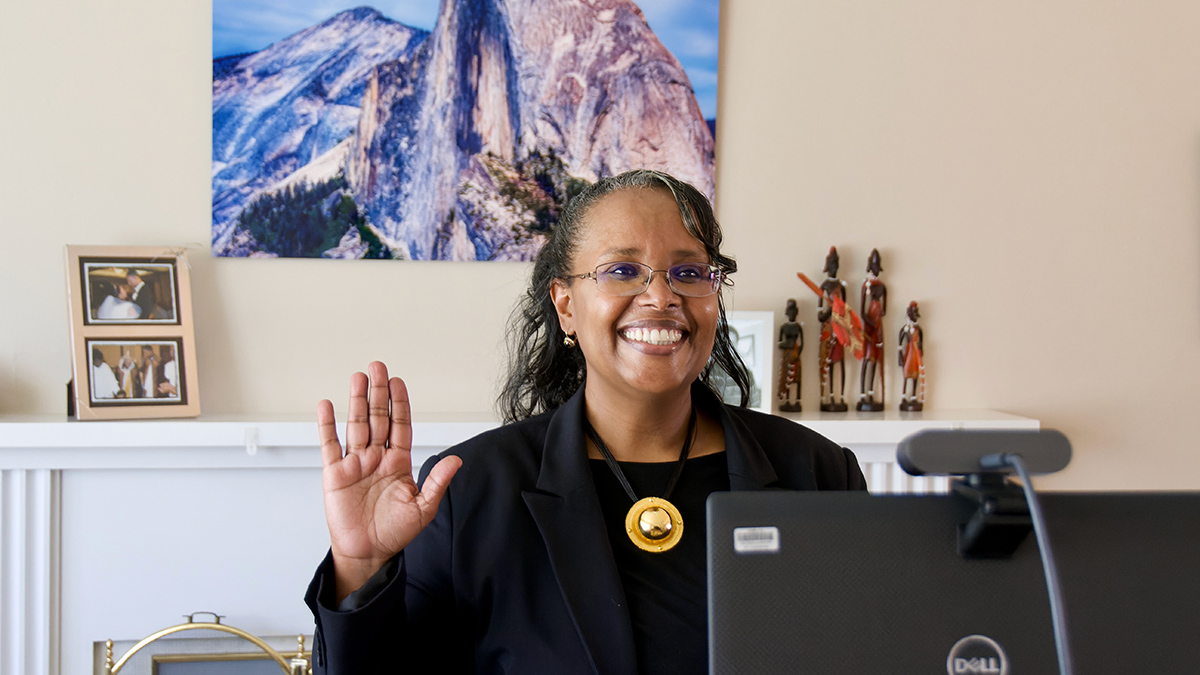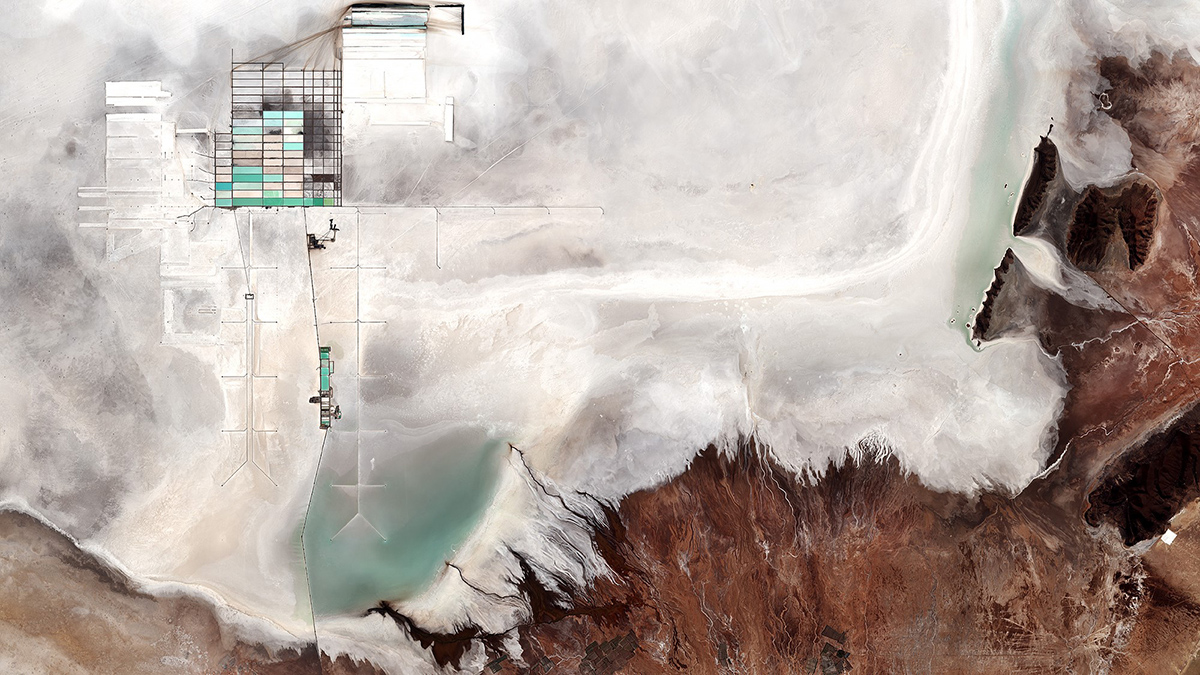A unified, global observing system could more effectively monitor progress in reducing emissions and accelerate climate action through improved data and decision support.
Opinion
Scientists Must Join Forces to Solve Forecasting’s Predictability Desert
To strengthen societal resilience to worsening natural hazards, siloed Earth system science communities must collaborate to understand conditions that favor skillful subseasonal-to-seasonal forecasts.
Environmental Hazard Impact Metrics That Matter
Humans acutely experience climate change when they encounter extreme environmental conditions, but scientific definitions of “extreme” often don’t reflect communities’ complex lived experiences.
Protein-Powered Biosensors with a Nose for Environmental Ills
Odorant-binding proteins derived from pigs, bovines, and other animals are the next frontier in localized, climate-smart sensing of pesticide spills, greenhouse gas precursors, and more.
Glacier Monitoring from Space Is Crucial, and at Risk
A new community effort shows that Earth has lost 5% of its global glacier mass since 2000. The work highlights the necessity of spaceborne glacier observations and upcoming gaps in long-term monitoring.
Eight Ways to Encourage Equality, Diversity, and Inclusion Discussions at Conferences
Getting scientists to engage in sessions about issues of scientific culture is challenging, but these best practices for meeting organizers can help.
Verdaderas soluciones climáticas están debajo de nosotros
Es momento de aceptar que el almacenamiento duradero de carbono en el subsuelo, junto con la reducción de emisiones, debe ser parte del plan para mitigar los efectos del cambio climático, y las geociencias deben desempeñar un papel central.
What’s Changed—and What Hasn’t—Since the EPA’s Endangerment Finding
A scientist-authored brief played a role in the 2009 determination that greenhouse gases endanger public health. With the finding now up for reconsideration, the same scientists revisit their opinion.
Former Department of Energy Leader Reflects on a Changing Landscape
The first person of color and first Earth scientist to serve as director of the Department of Energy’s Office of Science reflects on her career as the new administration works to dismantle key diversity programs.
Preocupaciones sobre el litio, el agua y el clima en los dos desiertos más altos de la Tierra
La extracción de salmuera para satisfacer la demanda de recursos en medio de la transición a energías renovables está afectando los recursos hídricos en Sudamérica y China. Los hidrólogos pueden ayudar a comprender cómo y a sumarse a la búsqueda de soluciones.

